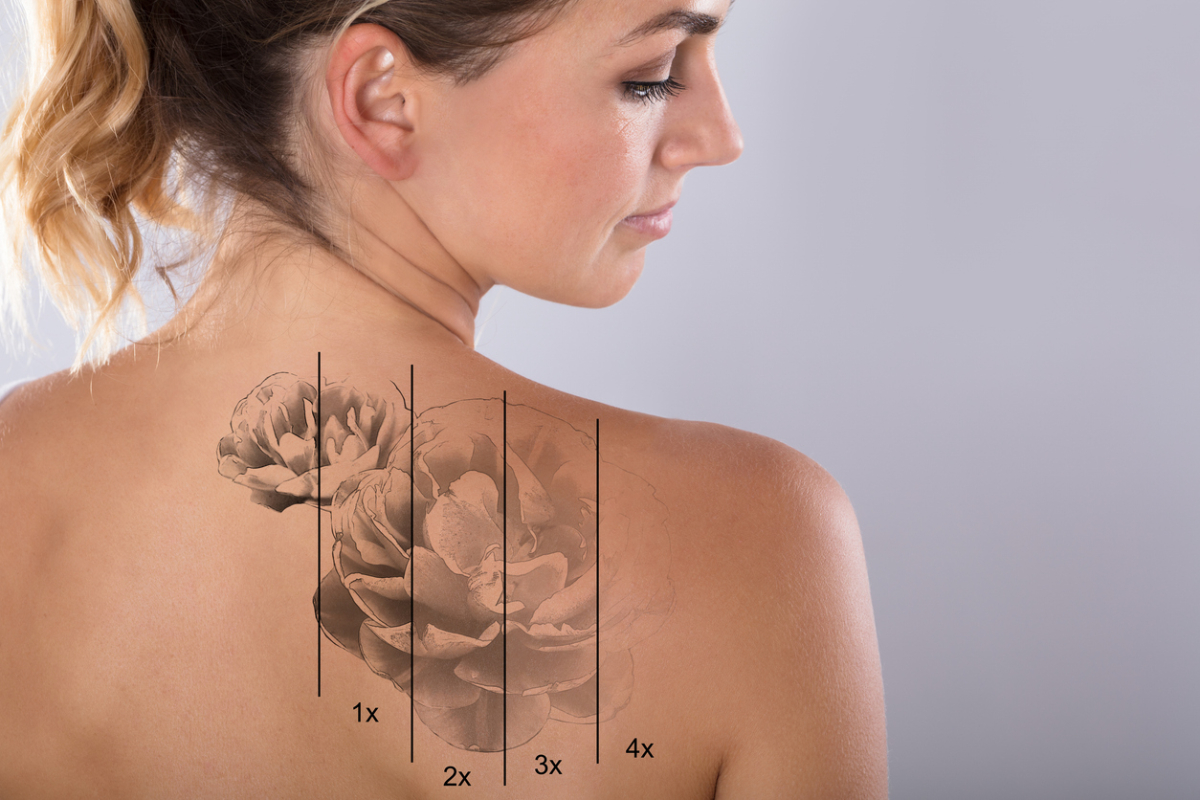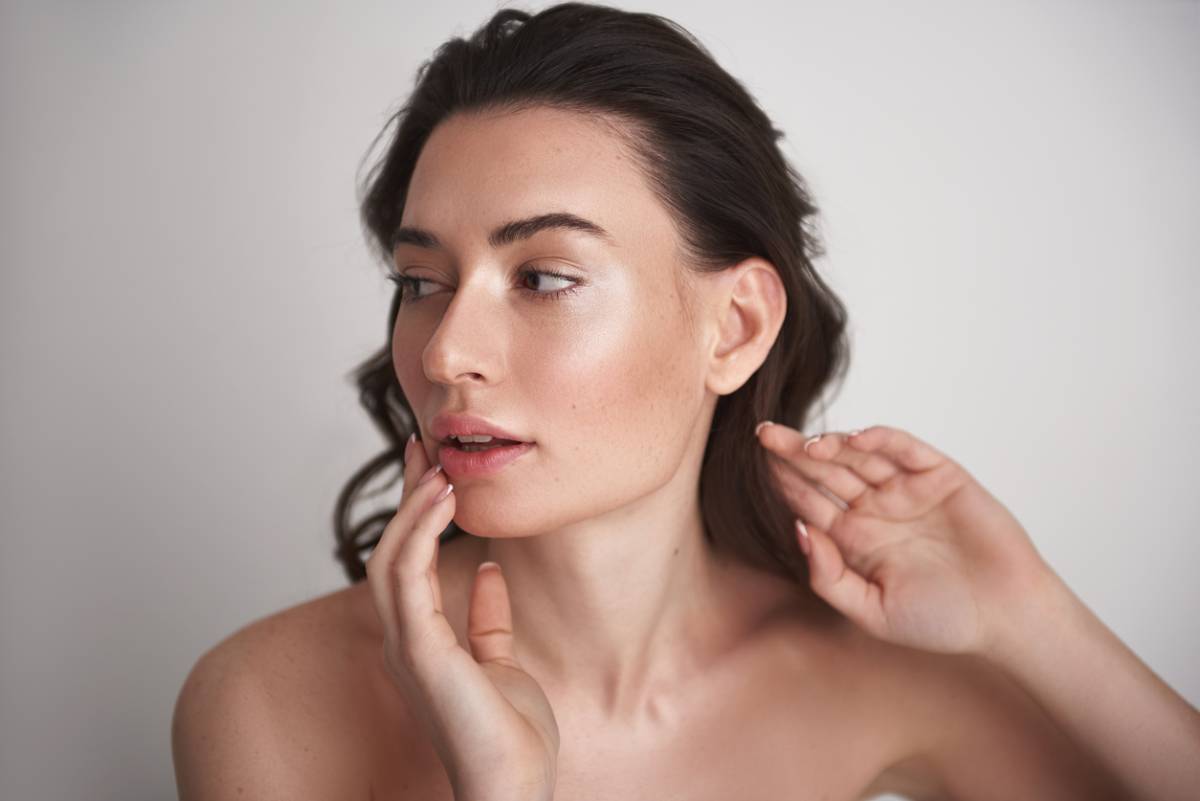How Long Does a Neck Lift Take?
The signs of natural aging show up on your neck. This can be in the form of sagging skin, wrinkles, and vertical bands. These issues can be the result of natural aging or poor lifestyle habits. No matter how young your face looks, your neck can show your age. This can impact one’s self-esteem and your overall facial aesthetic. There are several treatment options to address the signs of aging on your neck. There are both neck lifts and non-surgical neck lifts. You may wonder, how long does a neck lift take?
How Long Does a Neck Lift Take?
Addressing the signs of aging on your neck can improve your aesthetic and your self-confidence. Despite the benefits of improving your look, people often wonder about the timeline of these procedures. A traditional neck lift can take several hours to complete and several weeks to recover from. However, a non-surgical neck lift takes much less time and you can see your results in as short as one week.
A non-surgical neck lift includes Coolaser and Neustem. Combining both treatments can easily target the signs of aging on your neck. This includes banding, fine lines and wrinkles, loose skin, stretchy skin, and uneven texture. Patients with minor signs of aging may only need one to two treatments. However, patients with more advanced signs of aging benefit from four to five treatment sessions. Both can see results within just one week after the first treatment.
Non-Surgical Neck Lift Technology
For patients who do not want to get a traditional neck lift, a non-surgical neck lift is highly effective. A non-surgical neck lift uses Coolaser and Neustem technology to rejuvenate your neck. Combining both treatments maximizes your results, leaving you looking years younger.
Coolaser System
Coolaser utilizes a fractional CO2 laser to treat problem areas around your neck. It delivers precise laser energy that offers several benefits. The laser system eliminates dead and damaged cells. It also tightens your skin and boosts collagen production. Boosting collagen production continues to promote healthy and younger-looking skin even after treatment.
Coolaser lasts no more than one hour, depending on the extent and size of the treatment area. Treatment is fast and comfortable. You can expect to see results within just one week after your first treatment. Due to the aesthetic benefit of treatment, patients often report a boost in self-confidence.
Neustem Treatment
Neustm injections are combined with Coolaser treatments to enhance your results. The injections are used to fill out lost volume. They also help boost collagen. Combining both treatments maximizes collagen production, which lasts well after treatment. Improving collagen production can reduce the signs of aging by improving the look of your skin.
Nuestem injections are fast and smooth, as they take less than thirty minutes. It is done in the same treatment session as your Coolaser. The infections leave your neck looking better by reducing the appearance of wrinkles. They also create a tighter appearance, leaving you looking years younger.
Cosmetic Dermatology Treatment
A non-surgical neck lift is a highly popular cosmetic dermatology treatment. It offers so many benefits as it leaves you looking refreshed and youthful. The non-invasive procedure provides immediate results that last. One of the major benefits of a non-surgical neck lift is that there is virtually no downtime or recovery. You can get back to your daily routine within 24 hours or less.
The first step in moving forward with treatment is scheduling a consultation. From there, a customized treatment plan is created to address your aesthetic concerns. If you are interested in a non-surgical neck lift, contact the team at Epione today to schedule an appointment!







